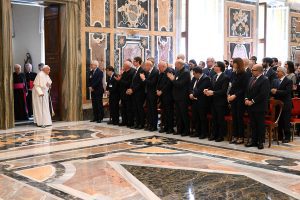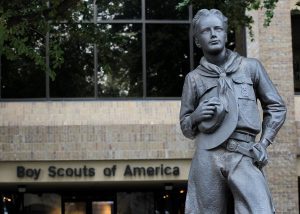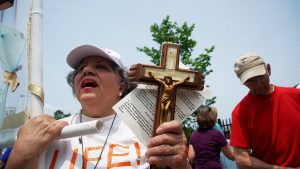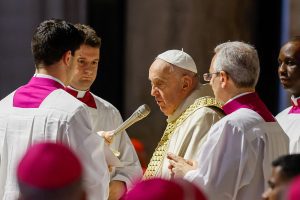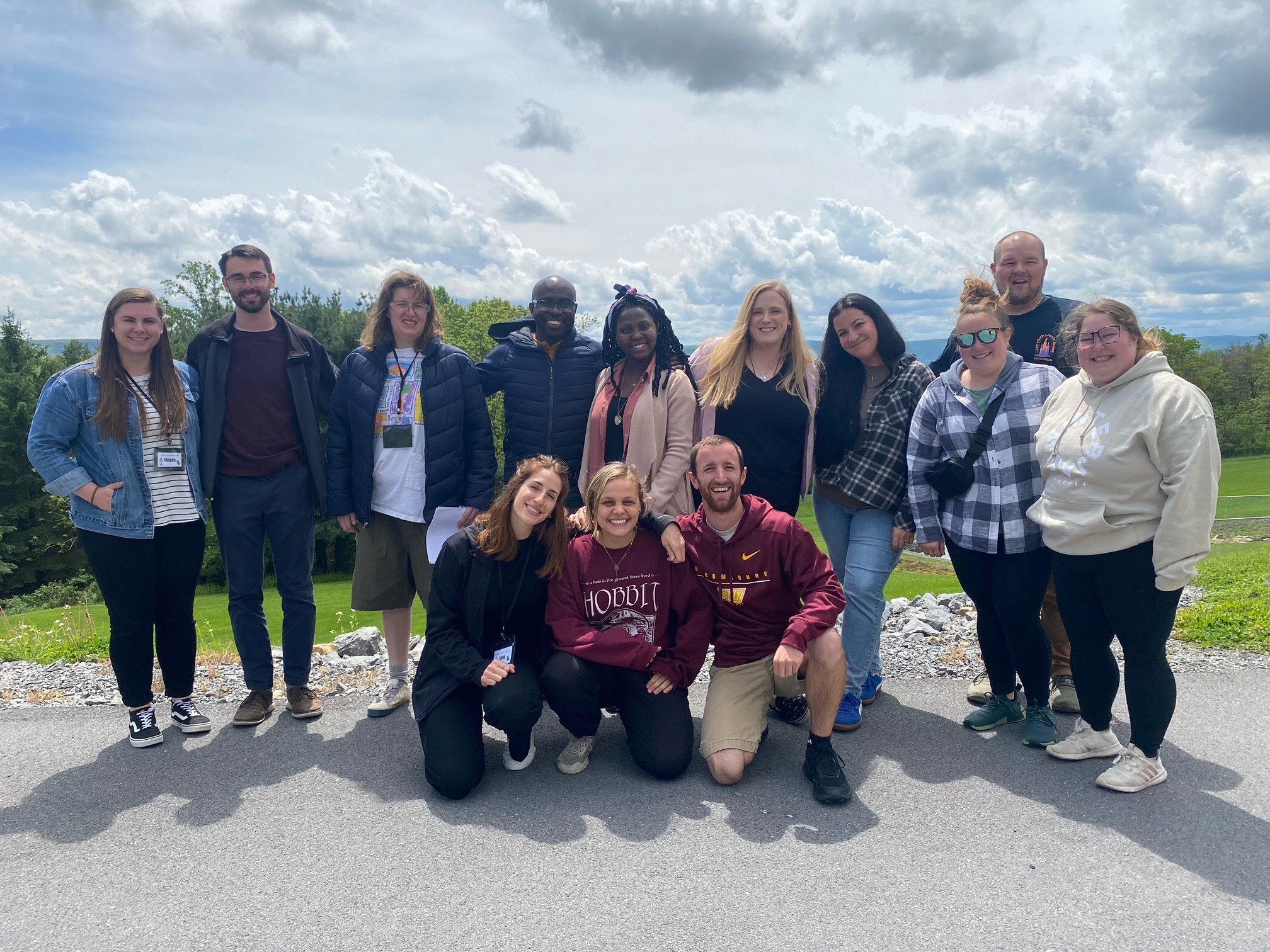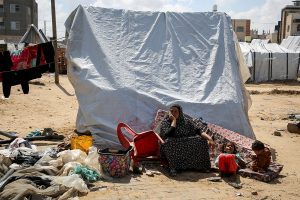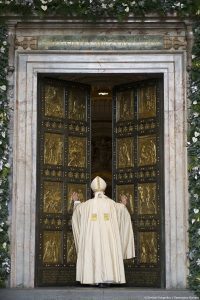VATICAN CITY (CNS) – The elderly must not be accused of saddling younger generations with their medical expenses and pensions — a notion which foments intergenerational conflict and drives older people into isolation, Pope Francis said.
“The accusation that the elderly ‘rob the young of their future’ is nowadays present everywhere,” the pope wrote in his message for World Day of Grandparents and the Elderly, a church celebration that will take place July 28.

Even in the most advanced and modern societies “there is now a widespread conviction that the elderly are burdening the young with the high cost of the social services that they require, and in this way are diverting resources from the development of the community and thus from the young,” he wrote in the message released May 14.
Such a mentality “assumes that the survival of the elderly puts that of the young at risk, that to favor the young it is necessary to neglect or even suppress the elderly,” he wrote.
Yet the pope stressed that “intergenerational conflict is a fallacy and the poisoned fruit of conflict.”
“To set the young against the old is an unacceptable form of manipulation,” he wrote.
The pope’s message expanded on the theme chosen for this year’s world day which was taken from the Book of Psalms: “Do not cast me off in my old age.”
The 2024 celebration marks the fourth edition of World Day for Grandparents and the elderly. In 2021, Pope Francis instituted the world day to be observed each year on the fourth Sunday of July, close to the liturgical memorial of Sts. Joachim and Anne, the grandparents of Jesus.
In his message for this year’s celebration, the pope emphasized that “God never abandons his children,” even as they grow weak and “can risk appearing useless.” But today, a “conspiracy surrounding the life of the elderly” often results in their abandonment by those close to them.
“The loneliness and abandonment of the elderly is not by chance or inevitable, but the fruit of decisions — political, economic, social and personal decisions — that fail to acknowledge the infinite dignity of each person,” he wrote.
The pope explained that such a phenomenon occurs “once we lose sight of the value of each individual and people are then judged in terms of their cost, which is in some cases considered too high to pay.”
Unfortunately, he said, the elderly themselves can succumb to this cost-benefit mindset; “they are made to consider themselves a burden and to feel that they should be the first to step aside.”
Pope Francis identified the decline of communal structures in society and the widespread celebration of individualism as other factors behind the isolation of the elderly, “yet once we grow old and our powers begin to decline, the illusion of individualism, that we need no one and can live without social bonds, is revealed for what it is.”
The pope then recounted the Bible story in which the elderly Naomi encourages her two daughters-in-law to return to their hometowns after the death of her husband and children since she sees herself as a burden to them. “Her words reflect the rigid social and religious conventions of her day, which apparently seal her own fate,” the pope wrote.
While Orpah returns home, grateful for the encouragement, Ruth “is not afraid to challenge customs and inbred patterns of thought” and “courageously remains at her side,” he wrote.
The pope encouraged all people to “express our gratitude to all those people who, often at great sacrifice, follow in practice the example of Ruth, as they care for an older person or simply demonstrate daily closeness to relatives or acquaintances who no longer have anyone else.”
Pope Francis also pointed out how in poorer countries elderly people are often left alone because their children are forced to emigrate, and in regions ravaged by conflict young men are called into conflict while women and children flee for safety, leaving elderly people alone in areas “where abandonment and death seem to reign supreme.”
In a statement released with the pope’s message, Cardinal Kevin J. Farrell, prefect of the Dicastery for Laity, the Family and Life, which organizes the world day, lamented the “bitter companion” that is loneliness in the lives of elderly people.
“Attending to our grandparents and the elderly,” he said, “is not only a sign of gratitude and affection, but a necessity in the construction of a more human and fraternal society.”
The cardinal’s message was also accompanied by pastoral guidelines and liturgical resources for parishes and dioceses. The guidelines suggest that Catholics visit the elderly people within their own community, share with them the pope’s message and pray together.
The document said that to involve the elderly in the day, “older people can be asked to offer special prayers for young people and for peace.”
“The ministry of intercession is a real vocation of the elderly,” it said.

